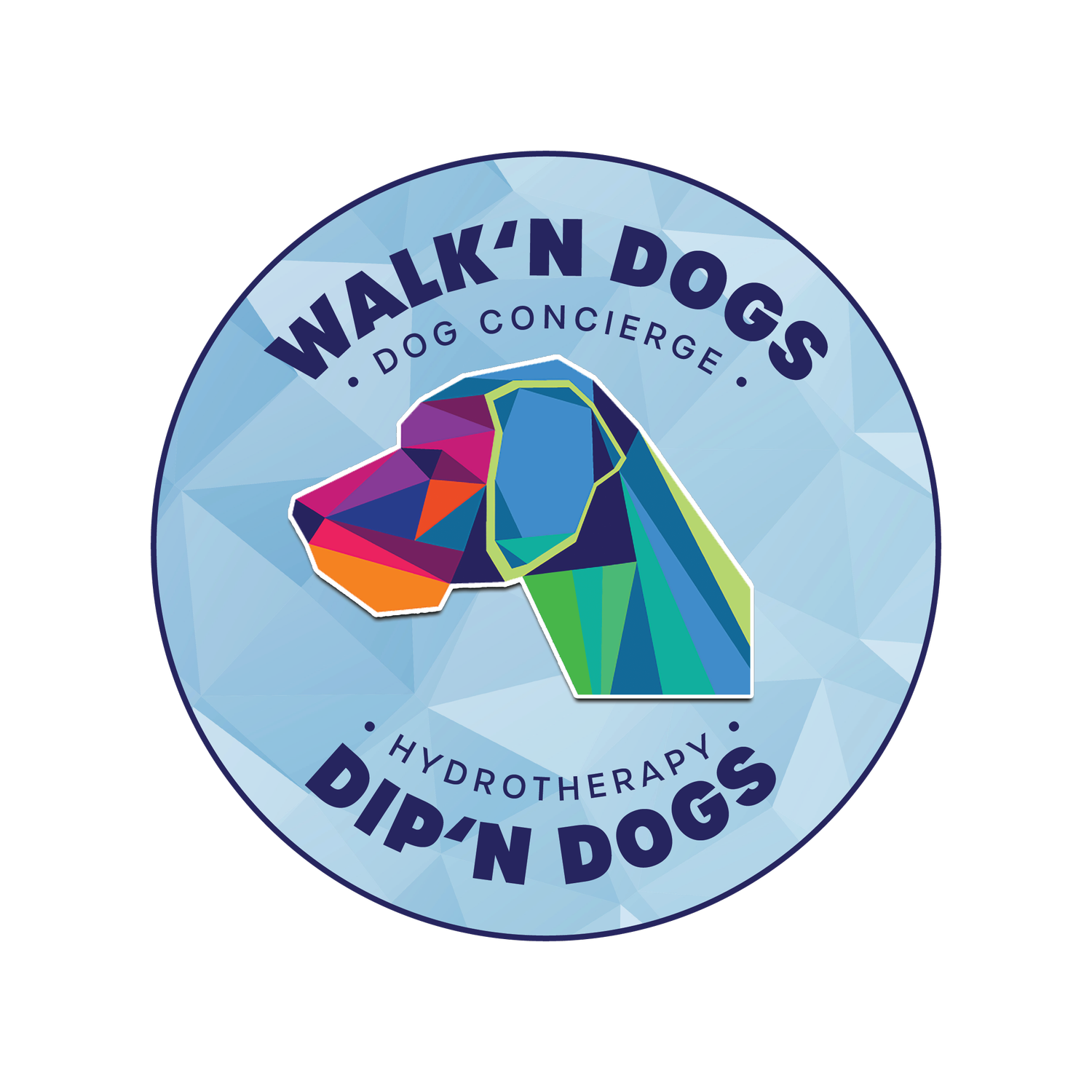Dock Diving for Dogs: Fun Sport or Risky Business? A Canine Hydrotherapist’s Perspective
Dock diving has exploded in popularity over the past decade, becoming one of the most exciting and crowd-pleasing canine sports. The sight of a dog leaping off a dock into sparkling water is nothing short of joyful. For many dogs, it combines their love of water with the thrill of chasing a toy, creating the perfect blend of fun and exercise.
But as a canine hydrotherapist, I see this sport from a slightly different angle. While dock diving can provide wonderful enrichment and fitness for certain dogs, it is also considered a high-impact activity that may put significant strain on a dog’s skeletal and muscular systems over time. For some breeds—especially those prone to degenerative or orthopedic conditions—the long-term effects can outweigh the immediate fun.
In this blog, we’ll explore both the benefits and risks of dock diving, why it’s not ideal for every dog, and what safer, lower-impact alternatives can still give your dog all the excitement of water sports without the potential long-term damage.
The Appeal of Dock Diving
Dock diving is as simple as it is thrilling: a dog runs down a dock and launches into a pool or body of water, often chasing a favorite toy. The goal is to achieve maximum distance or height before hitting the water.
From the dog’s perspective, this is heaven—fast movement, powerful jumping, cool water, and instant reward. From the human’s perspective, it’s a fun way to bond with your dog, tap into their natural instincts, and even compete in organized events.
Benefits of Dock Diving for Dogs:
Provides vigorous exercise for high-energy breeds
Builds muscle strength in the legs, core, and shoulders
Offers mental stimulation through toy chasing and retrieval
Encourages confidence around water
Can be a fun outlet for competitive dogs and owners
The High-Impact Reality
While dock diving seems harmless (after all, the dog lands in water), the takeoff is where the real strain occurs. Launching from a dock at high speed requires explosive force from the dog’s hind limbs, shoulders, and spine. This sudden burst of energy can put immense pressure on joints, tendons, and ligaments.
The repetitive nature of training and competing—especially on hard dock surfaces—can lead to cumulative wear and tear. Over time, this may contribute to:
Cranial Cruciate Ligament (CCL) tears
Hip dysplasia exacerbation
Elbow dysplasia progression
Arthritis development
Spinal injuries from poor takeoff form or awkward landings
Even though the landing is into water, the vertical and horizontal forces generated during the jump still travel through the body before impact. The spine, hips, and knees absorb much of this stress—especially if the dog is not conditioned properly or is genetically predisposed to joint issues.
Breeds at Higher Risk
Certain breeds are more prone to orthopedic and degenerative conditions that may make dock diving a less-than-ideal sport, including:
German Shepherds (hip dysplasia, degenerative myelopathy)
Labrador Retrievers (elbow and hip dysplasia, cruciate ligament tears)
Golden Retrievers (joint disease, arthritis)
Bulldogs and other brachycephalic breeds (respiratory limitations, joint issues)
Dachshunds and other long-backed breeds (intervertebral disc disease)
While many of these breeds love water, high-impact sports like dock diving can accelerate joint degeneration or bring on mobility issues sooner.
A Hydrotherapist’s Advice
From a rehabilitation and preventative care standpoint, I encourage owners to think about their dog’s long-term health before committing to high-impact sports. Here are my key recommendations:
1. Get a Veterinary Orthopedic Assessment First
Have your vet evaluate your dog’s joints, hips, knees, and spine before starting dock diving. This is especially important for breeds prone to orthopedic disease.
2. Condition Before Competing
If your dog is cleared for the sport, ensure they have a solid foundation of muscle strength and flexibility before training for big jumps. Incorporate core-strengthening exercises, low-impact swimming, and controlled leash walks.
3. Limit Frequency
Even for healthy dogs, repeated high-impact launches should be limited. Allow plenty of rest days between sessions to prevent overuse injuries.
4. Consider Age
Avoid starting very young puppies whose growth plates haven’t closed, and reconsider the sport for senior dogs who may already be developing joint stiffness.
Safer Alternatives for Water-Loving Dogs
If your dog loves the water but dock diving isn’t the best fit for their body, there are many ways to give them the same thrill with less impact:
Professional canine hydrotherapy (low-impact swimming in a warm, controlled pool)
Fetch in the water with gentle wades or swims instead of jumps
Underwater treadmill therapy for strength without strain
Shallow-water play sessions for cardio and fun without forceful impact
The Bottom Line
Dock diving can be an exciting and enriching activity for the right dog—but as a high-impact sport, it’s not without risks. As a canine hydrotherapist, my goal is to help owners make informed decisions that protect their dog’s long-term mobility and quality of life.
At Dip’n Dogs Canine Swimming, we specialize in safe, structured swimming sessions that provide both the physical workout and mental stimulation dogs crave, without the long-term risk of joint damage. For dogs recovering from orthopedic surgery or managing degenerative disease, hydrotherapy can be a game-changer. If you’re unsure whether your dog is a good candidate for dock diving, or if you want to explore lower-impact aquatic activities—our team at Dip’n Dogs is here to help. We’ll create a personalized swimming program that meets your dog’s needs, supports their health, and still delivers plenty of mental and physical stimulation.

